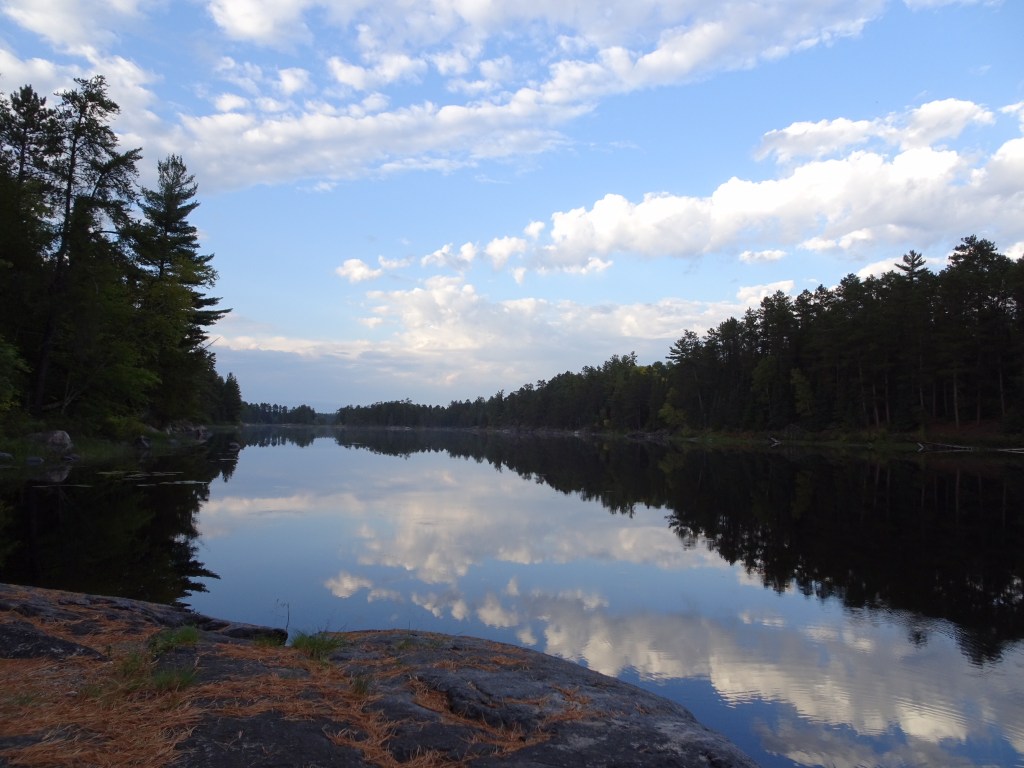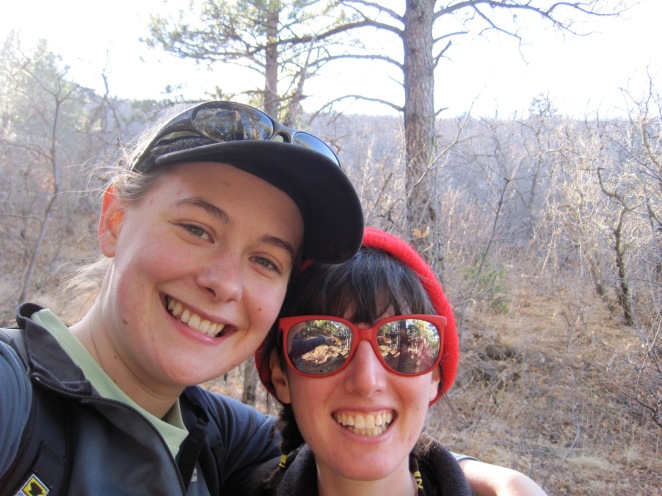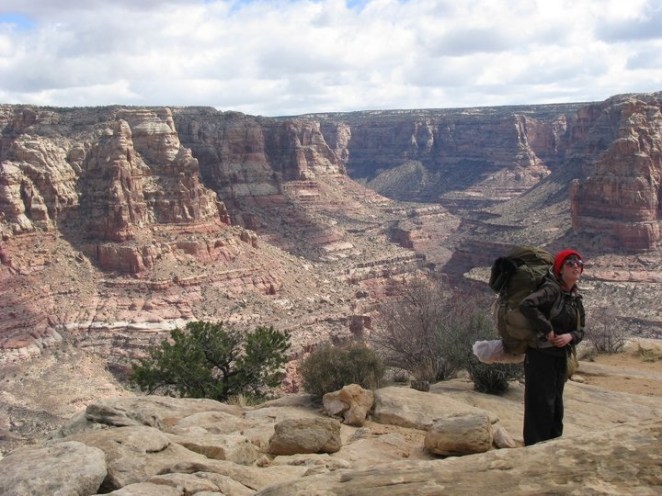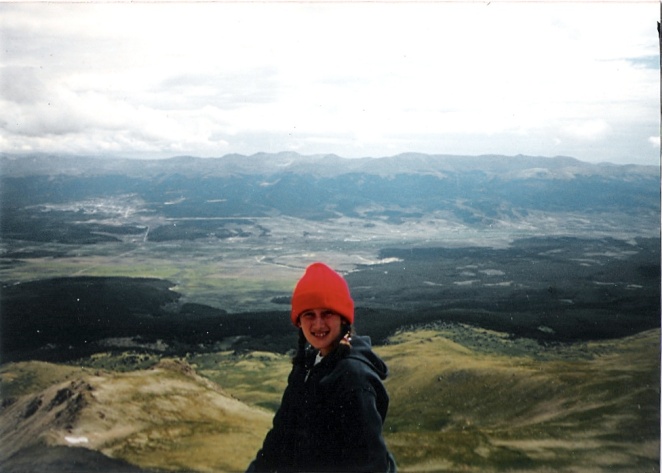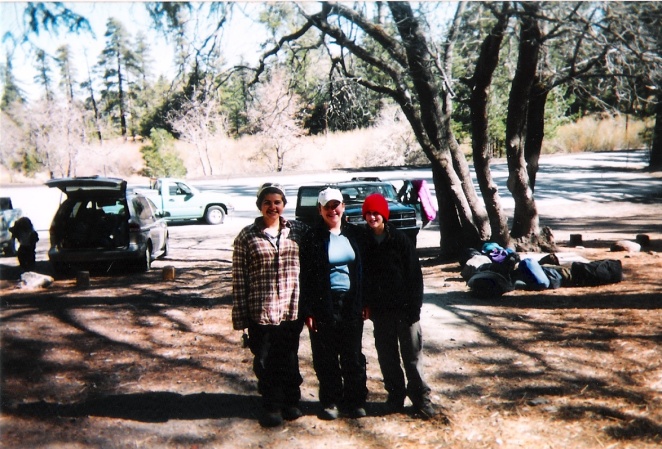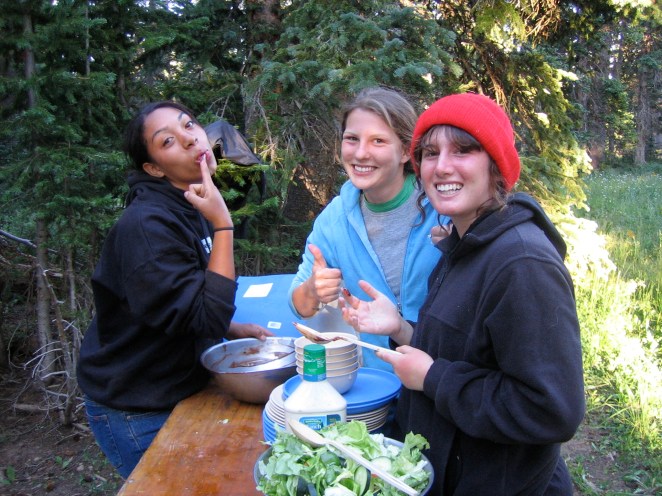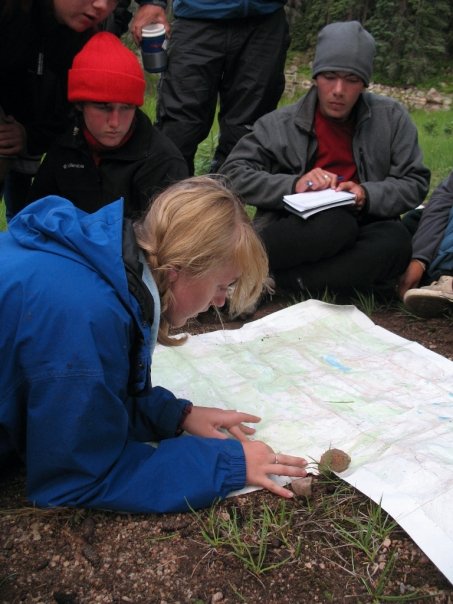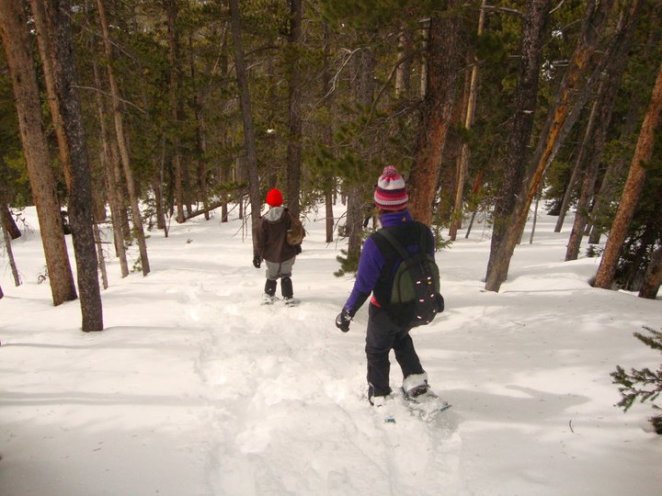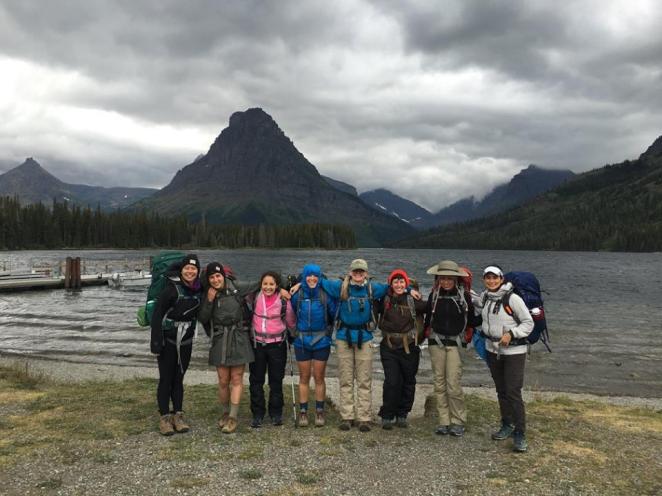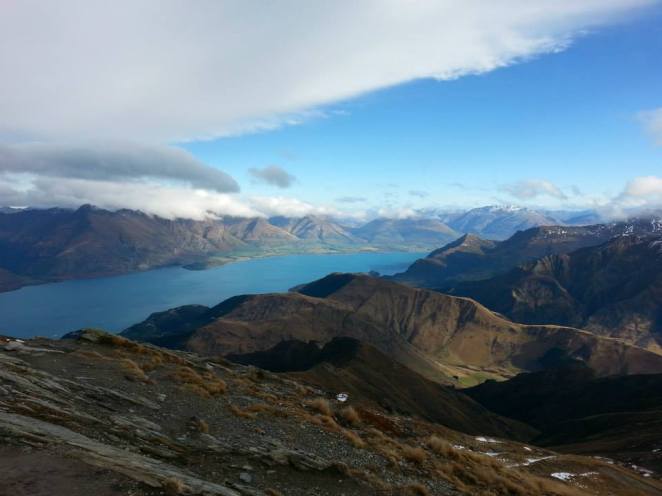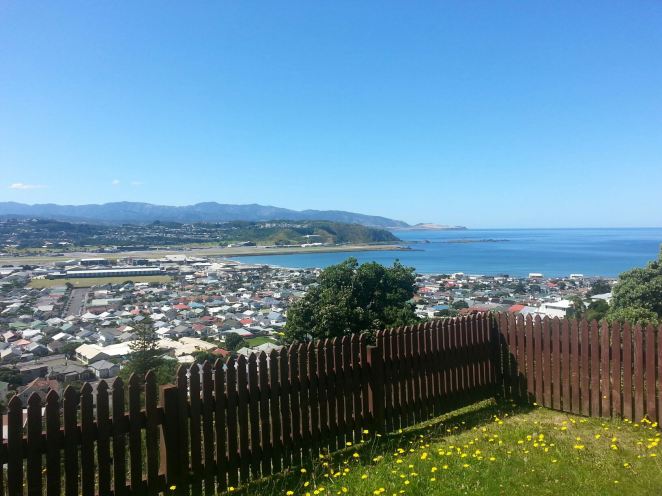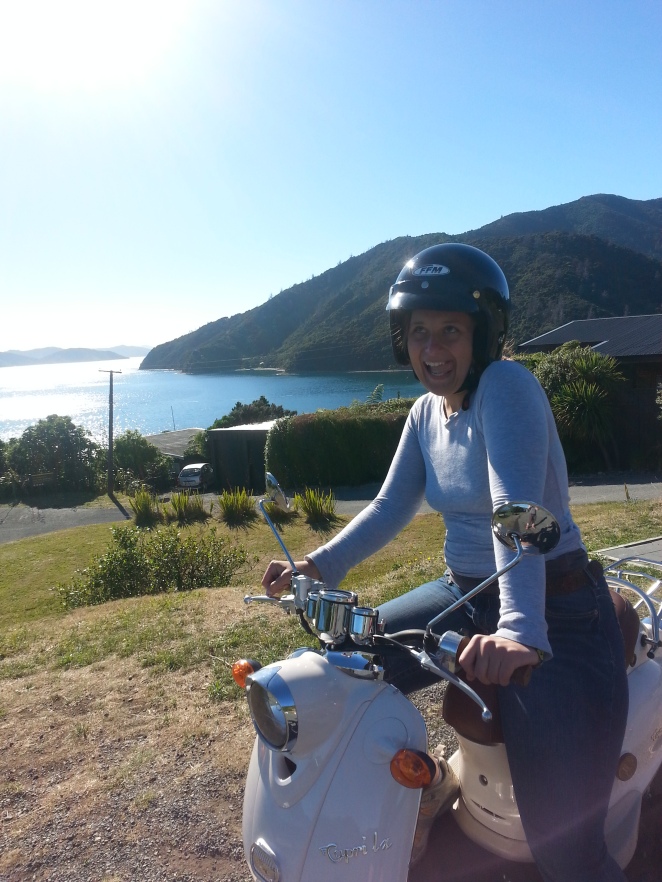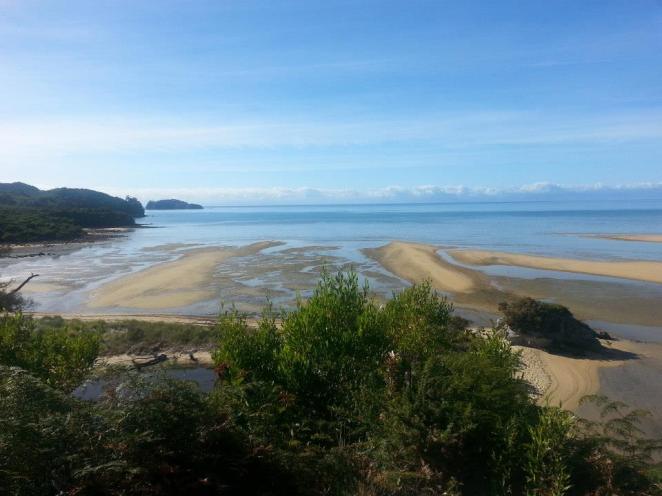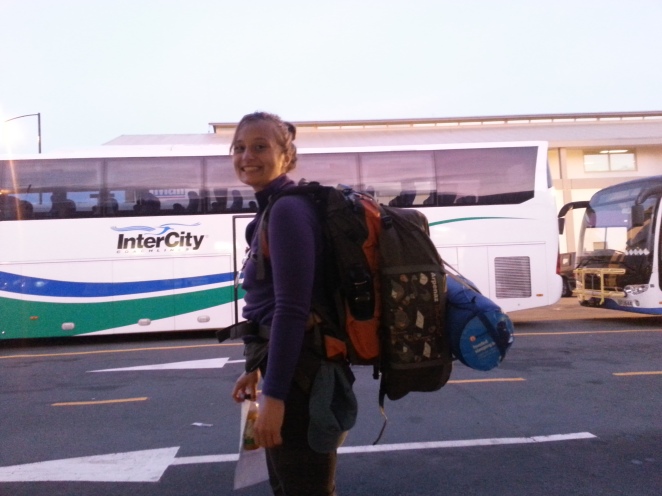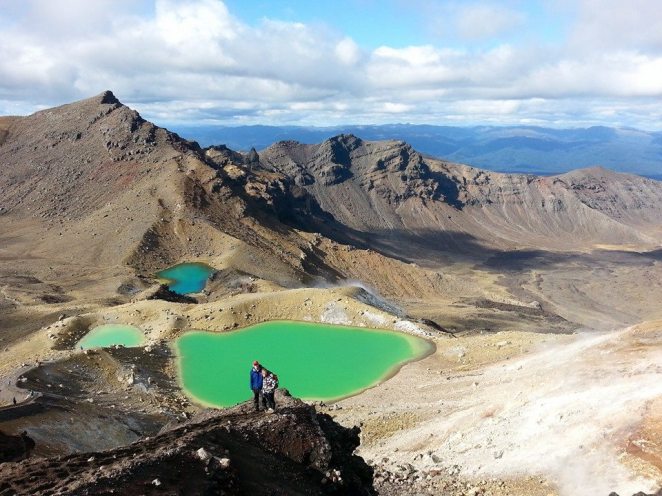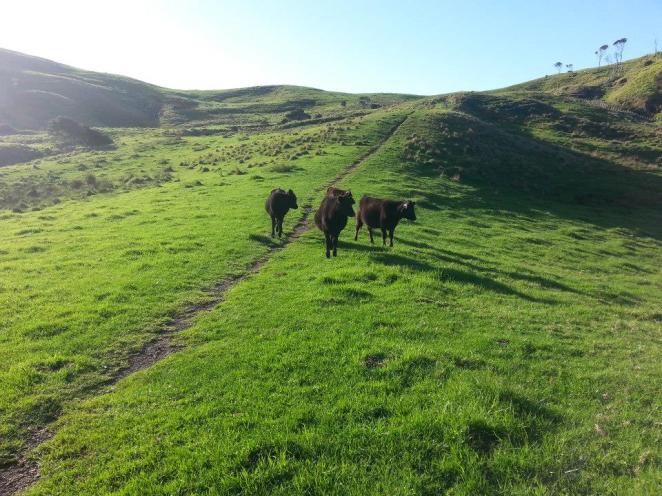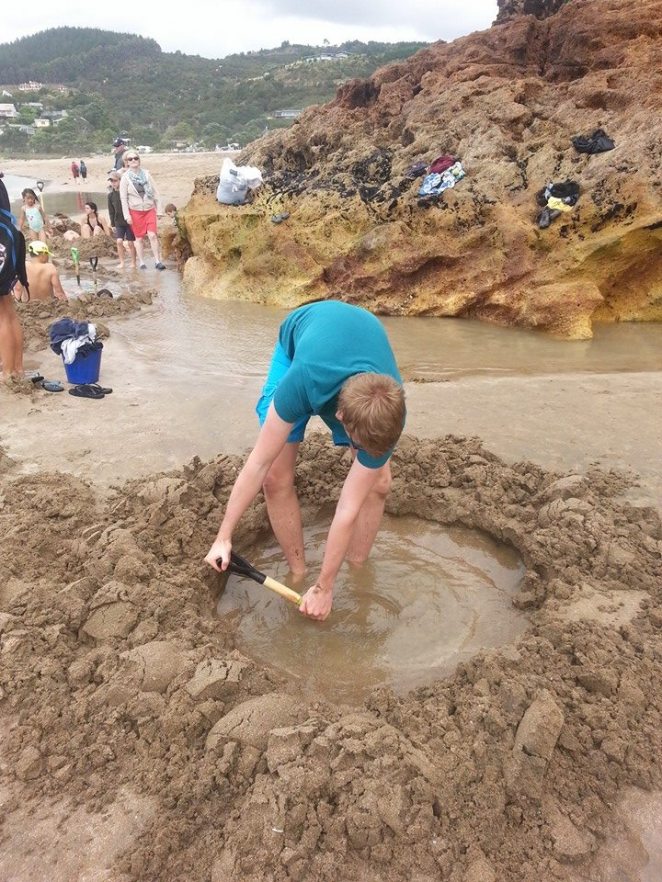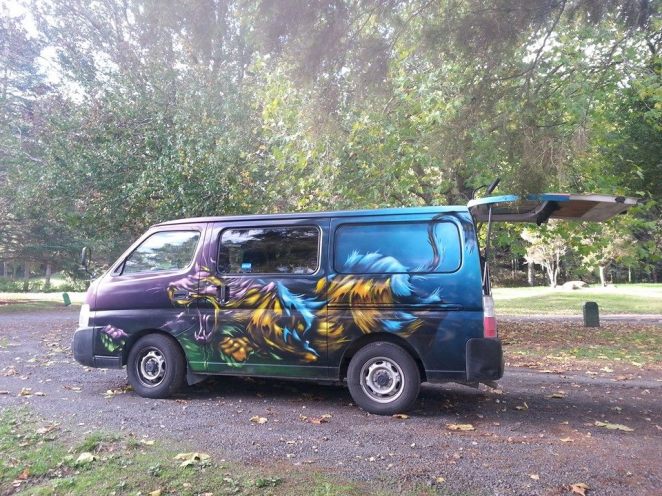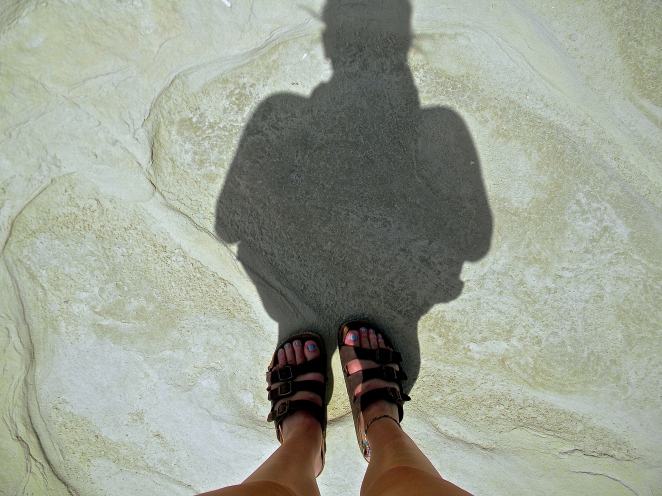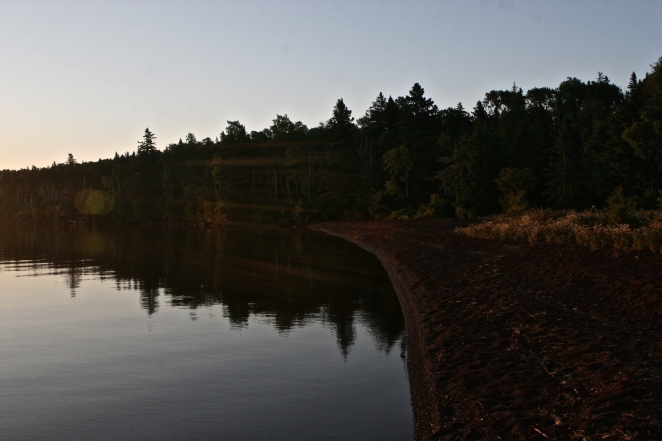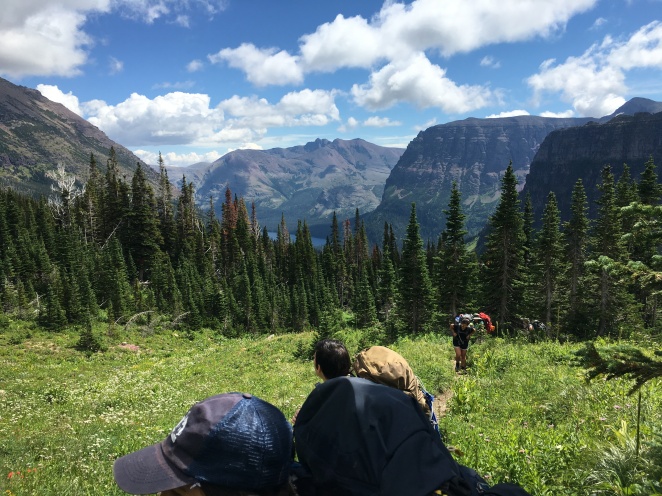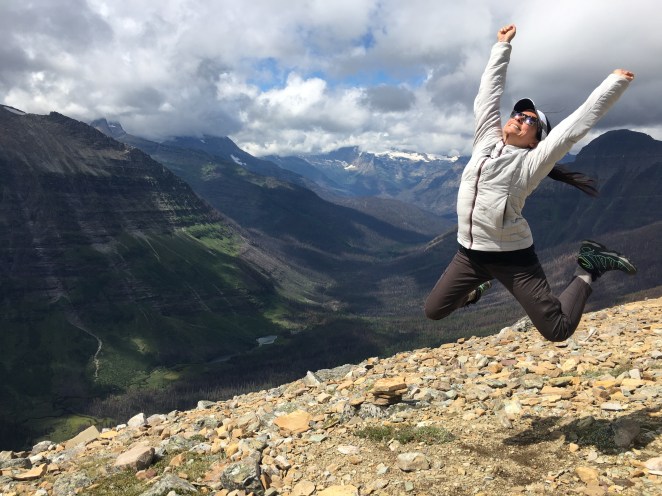Submitted By: Sarah Richards, Guest Contributor
Twenty-four hours ago I came off the water from a 100-mile solo canoe trip in the Canadian wilderness. The magnitude of the experience is only just beginning to sink into my bone marrow and become a part of Me, this list of moments, images, smells. Navigating in the fog on big water, listening to an eagle tear meat from bone as he ate his lunch with gusto, breathing in deep of wet forest, waking to a fierce west wind (and initially thinking it would be of great benefit since I was going east – it was not – quite scarier when you can’t see the rollers coming), paddling into an equally fierce headwind for three days, talking to a pair of stalker otters that stayed close to my canoe for nearly a mile late one afternoon, speaking urgently into my imaginary military sat phone to call down an air strike every time I encountered a beaver dam (there were many and this strategy didn’t work), hoisting my muddy pack onto my back while cursing at her and calling her a wretched water-retaining whore, scraping smashed banana slug off my small pack (poor slug – he was in the wrong place at the wrong time), screaming (with a canoe on my head) in pain and frustration in the middle of an interminable bog, absolutely certain I was going to lose my mind right then and there if I had to take another step…
But I took another step…
And another…
And another…
I slept on a bed of dried sphagnum moss. I scrounged, sawed down to size, and split my own firewood.
I stared down a bull moose (actually, he grew bored with me and disappeared into the trees).
I dispensed with all table manners, shoving food into my maw, wiping at my mouth with the back of my hand.
I blew my nose onto the ground (this takes skill to not get it all over your face).
I stood on a great slab of bedrock in the rain with my face lifted and my arms spread wide.
I pissed the perimeter of my campsites.
I was, at different times (sometimes all at once), cold, wet, tired, sore, hungry, hot, angry, exhausted, exhilarated, at peace, and struck abjectly dumb by the beauty all around me.
I felt powerful.
Prior to my trip, when people would ask where I was going, upon learning what I intended to do, for some, my Woman-ness was an important consideration.
“You’re going alone?!” “Aren’t you afraid?”
Afraid of what exactly? A woman’s most prevalent predator is a man, and I didn’t expect to see very many of those at all.
Yes, I am going alone. Men do it. Go into any bookstore and look at the travel writing section.
Men do it AND write books about it.
That I was a woman, who plotted her own route, who had taken two prior solo canoe trips, who is physically fit and most days of sound mind…that is enough. Sufficient resume for man or woman.
But since the Woman-ness factor was introduced into my trip (I’d thought I was just a human going on an epic adventure), I will address it.
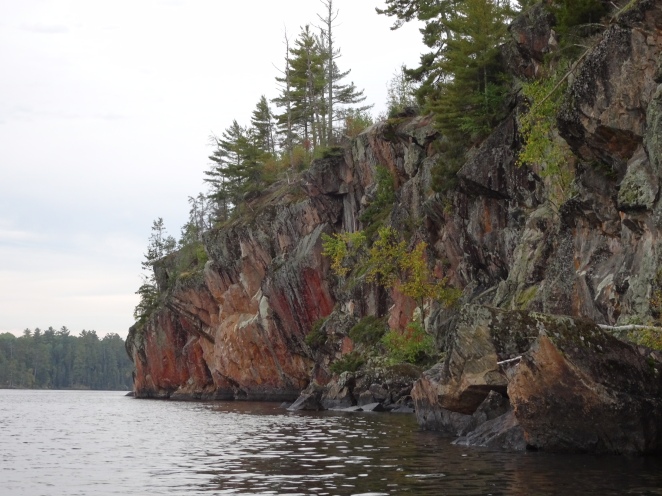 To ALL women I say this:
To ALL women I say this:
Break through those boundaries.
Smash those walls into a million billion pieces and roll naked in the rubble.
Travel through your life as you see fit.
Cut your hair off. Or don’t. It’s YOUR hair.
Ride a motorcycle.
Make yourself strong, be it physically, emotionally, mentally – Be HUGE.
You do not need approval or justification.
Never apologize for being female. It is a strength. Not a liability.
Own your existence and shape it to YOUR liking.
Pay homage to the millennia of warrior women who have come before.
Swear like it’s a second language.
Do not let fear be your guide.
Sing at the top of your lungs and dance with abandon.
Accept nothing but the best from yourself and from others.
Be your own Motive.
Wear that dress because it makes YOU feel sexy – fuck everyone else.
Let your blood race through your veins, red like fire.
Paint your face on a flag and march into battle.
Don’t be afraid to give voice to your mind.
Let no one tell you what you are capable of doing – that is for YOU to decide.
Be your own hero.
Reject the moniker “Rebel”.
We are not rebels.
We are Women.
And we are far more powerful than comic book caricature politicians or an objectifying culture can begin to touch.
We ARE life.
It ought to be on OUR terms.
Square your shoulders, hold your head up proud
And go forth.
